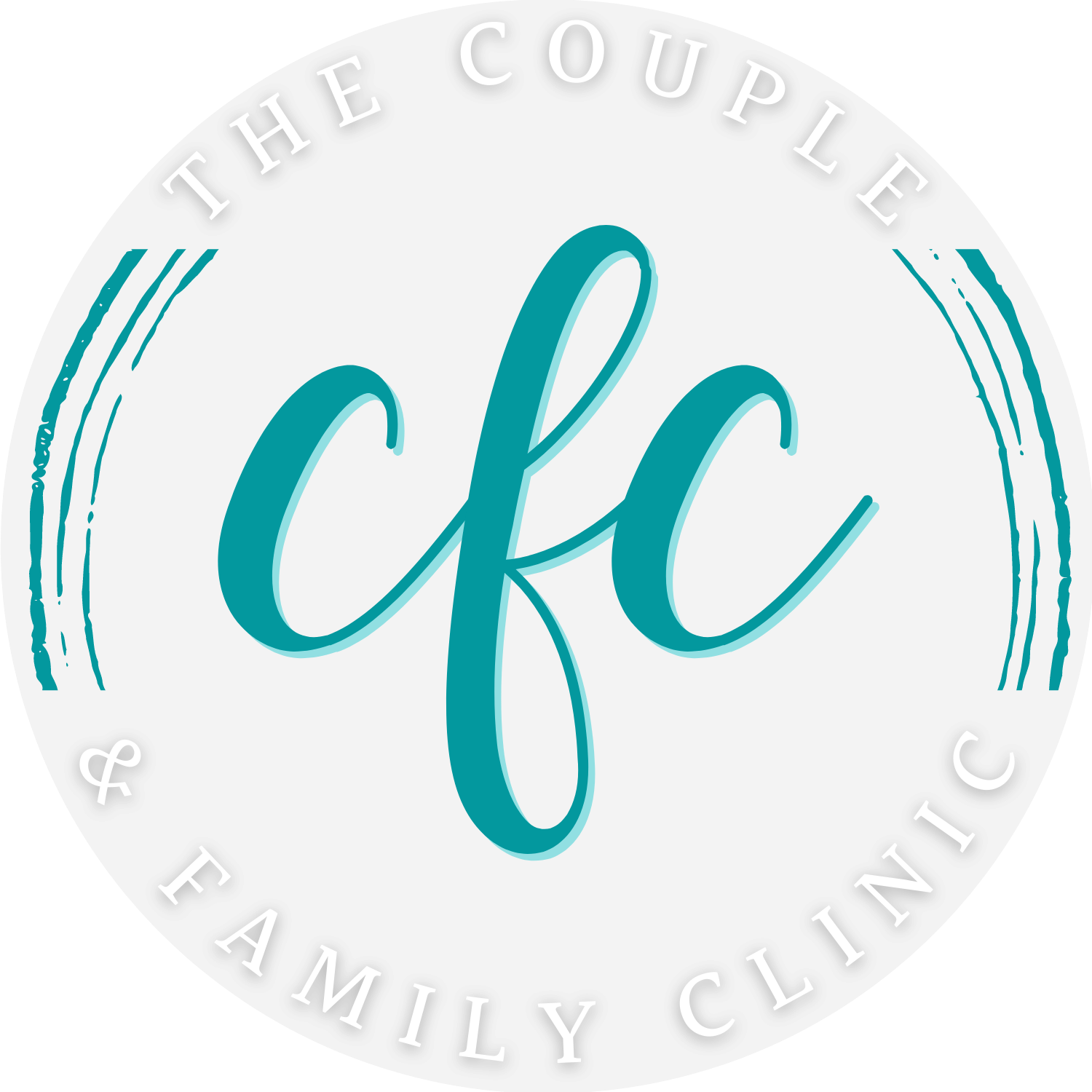Relationship & Intimacy Recovery
and
Sexual Compulsion
When couples come to me to save their marriage after a traditional affair or sexual compulsion, I first assess the need for individual therapy. I integrate the work of well-known professionals in the field, including Sue Johnson, John and Julie Gottman, Nan Silver, Stephanie Carnes, Michele Weiner-Davis, Esther Perel, Terrence Real, Dan Drake and Janice Caudill, Barbara Steffens, Marsha Means, Brene Brown and Carol Juergensen Sheets and Allan Katz to name a few. Individual therapy is necessary for recovery after betrayal.
This is where the partner learns to navigate the emotional impact of the triggers and their needs. I do not believe that a traditional affair is synonymous to sexual compulsion. A traditional affair could be a one night stand or a longstanding affair with one person. Sexual compulsion entails (i) the progression in the intensity of the sexual behavior; (ii) increase tolerance of the sexual behavior; (iii) repeated failed attempts to quit the unhealthy sexual behavior; (iv) continued use of the unhealthy sexual behavior despite the potential of negative consequences of the unhealthy behavior. Betrayal isn’t an act that is usually well-thought out.
There may have been a progressive connection that has escalated to an affair with one person, or anonymous sex with multiple people, or a pornography compulsion, strip clubs or sex trafficking. Regardless of how you define the betrayal, betrayal cuts at the heart of the intimate connection of a monogamous relationship. Additionally, if you are building a family with the betrayer, the pain is even deeper. I first administer several valid and reliable screeners and assessments to rule out and confirm the issue(s) at hand. I work with the couple through psychoeducation regarding affairs, sexual compulsion, the neuroscience regarding sexual compulsion, trauma and PTSD, as well family of origin experiences and relationship history.
I view all clients through a strength-based lens and assess their attachment styles and needs. At that time, I might invite the couple to work with me across the system – meaning, doing both individual and couples therapy. If so, a couple’s agreement will be signed indicating the understanding of secrets and openness in couples and individual therapy. Usually when a couple starts treatment with me, a Clinical Formal Disclosure has already been completed. The most important aspect of healing is to manage triggers for the person who has been betrayed, and to find support and education for both parties through group therapy. Removing the masks of inauthentic existence becomes the core of the work that is at hand. Authenticity and vulnerability is difficult for couples as rejection has already been experienced because of the betrayal. The successful completion of this work can answer many questions, including, why did this happen to us?
The power of being known is what we all desire! Healthy boundaries are addressed as healing takes shape and authenticity for each individual in the relationship is non-negotiable. I walk with the couple to reclaim and reframe what has been lost and what is worth recovering from the past. This will guide the couple into rekindling joy in the relationship. Strong communication skills play an important role in the healing. The couple is guided to look at passive communication, unhealthy roles that are played in communication, including manipulation and gas-lighting, as well as victimization and perpetrating. Using “I” statements and taking ownership for errors and needs are important.
The goal of healing for all couples is not to stop having sex, but to re-integrate healthy sexual practices. Sexual Re-integration is the last step of healing for the couple. I use the work of Bercaw; Bercaw to address the deep, intimate pain that has been experienced that has torn at the sacredness of the couple’s sexual connection. Whatever the couple’s journey of healing is, I will walk with them and collaborate with a team of mental health professionals to bring the couple to their intended desire and treatment goals. Only you can determine if you are ready to embark on the journey of healing your relationship.
Source: Carnes, P. (2015). Facing the Shadow, Gentle Path, Carefree, AZ
Source: Carnes, S., Lee, M., and Rodriguez, A. (2012). Facing Heart Break, Gentle Path, Carefree, AZ
Source: Drake, D. and Caudill, J. (2019). Full Disclosure, Banyan therapy Group and McKinney Counseling; Recovery.
Source: Gottman, J. and Silver, N. (2012). What Makes Love Last? Simon; Schuster, New York, New York
Source: Juergensen Sheets, C., and Katz, A. (2019). Help Her Heal, Sano Press, Long Beach, CA
Source: Means, M. (2014). Healing; Joy, A Circle of Joy Press
Source: Steffens, B. and Means, M. (2009). Your Sexually Addicted Spouse, New Horizon Press, New Jersey
Source: Weiner-Davis, M. (2017). Healing from Infidelity, Michele Weiner-Davis Training Corporation, Woodstock, IL






